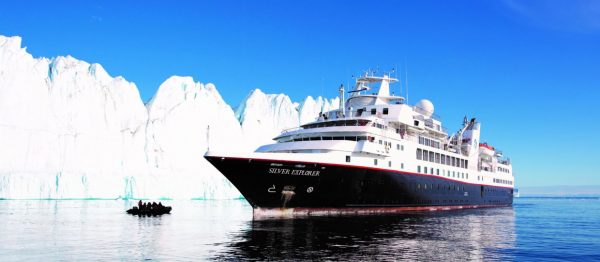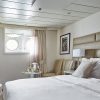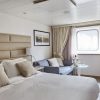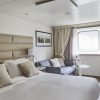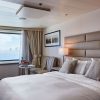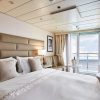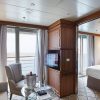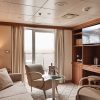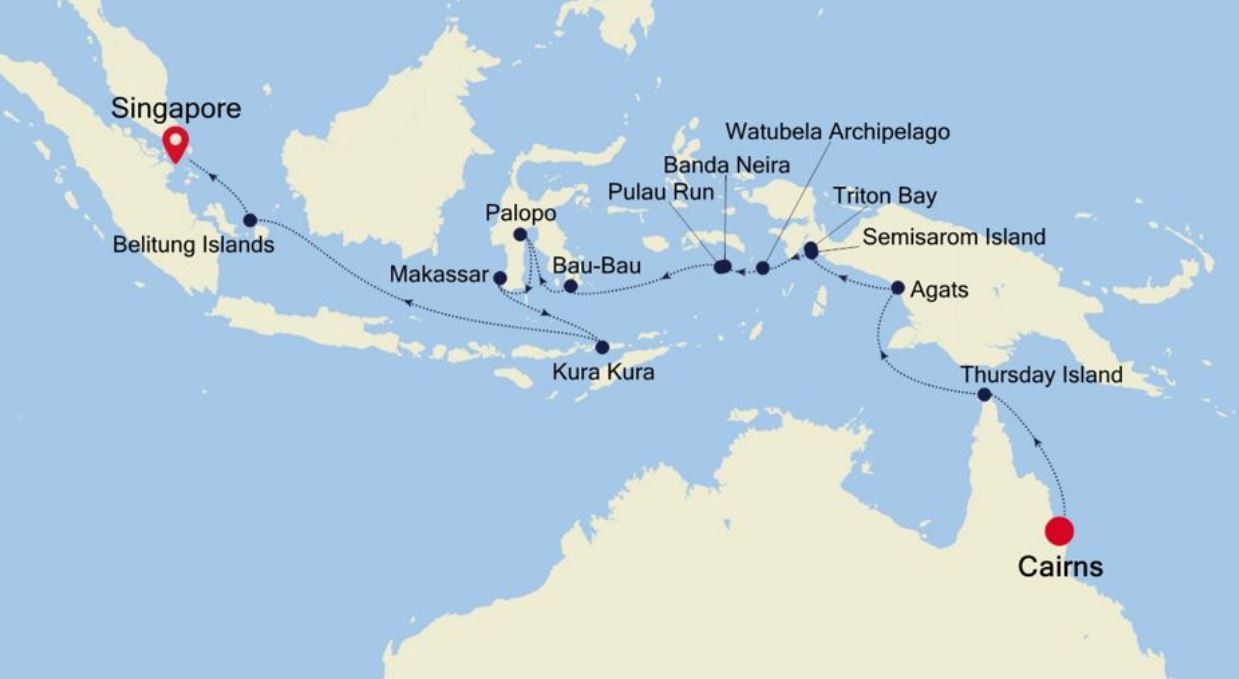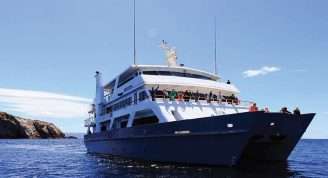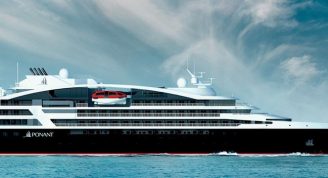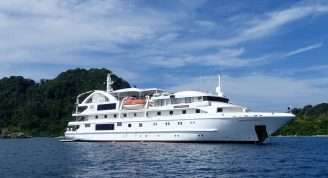Description
If you think Indonesia is all about Bali, then think again. Seemingly untouched by time, the Banda Islands, Buton Island, Belitung and Karimunjawa are examples of life beyond the tourist trail and offer a slice of local flavour that is untamed and unimaginable. A trip to meet the Asmat tribe of Papua New Guinea is surely a memory-making moment, to be discussed under the swaying palms of the Java Sea.
Trip Name
Cairns to Singapore Expedition (Silver Explorer)
Days
20
Overview
Vessel Type: Luxury Expedition
Length: 108 metres
Passenger Capacity: 144
Built / refurbished: 1989 / 2008 / 2018
Silversea’s purpose-built luxury Silver Explorer expedition cruise ship has been designed specifically for navigating waters in some of the world’s most remote destinations, including both of earth’s polar regions. A strengthened hull with a Lloyd’s Register ice-class notation (1A) for passenger vessels enables the Silver Explorer Expedition Cruise Ship to safely push through ice floes with ease. A fleet of 12 Zodiac boats allows Silversea Expedition guests to visit even the most off-the-beaten path locations and an expert Expedition Team provides insight and understanding to each unforgettable Silver Explorer luxury cruise adventure.


